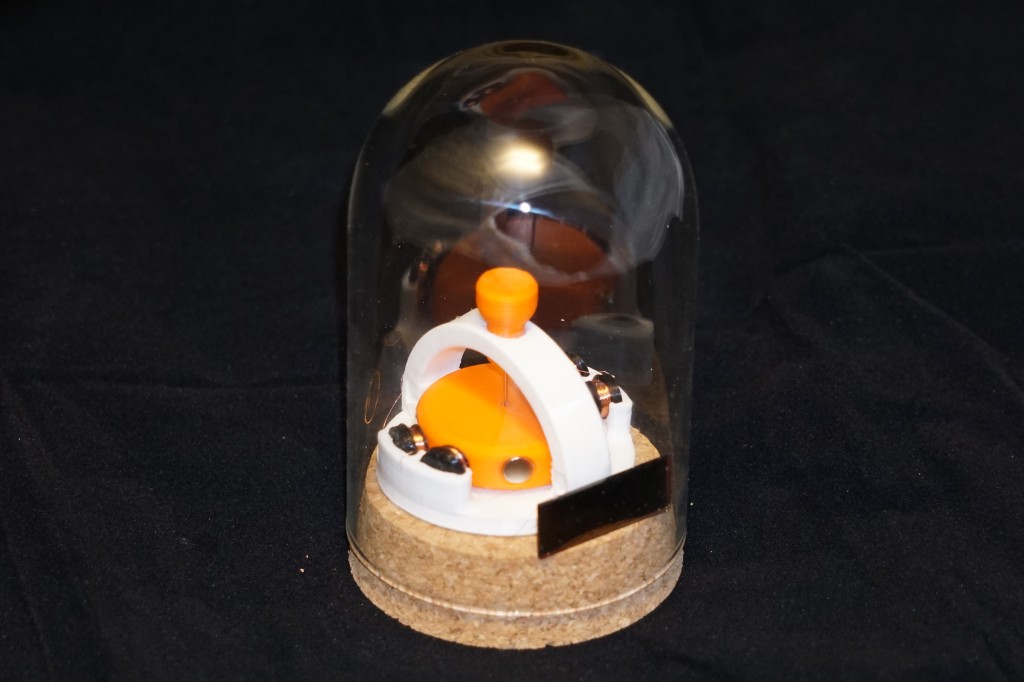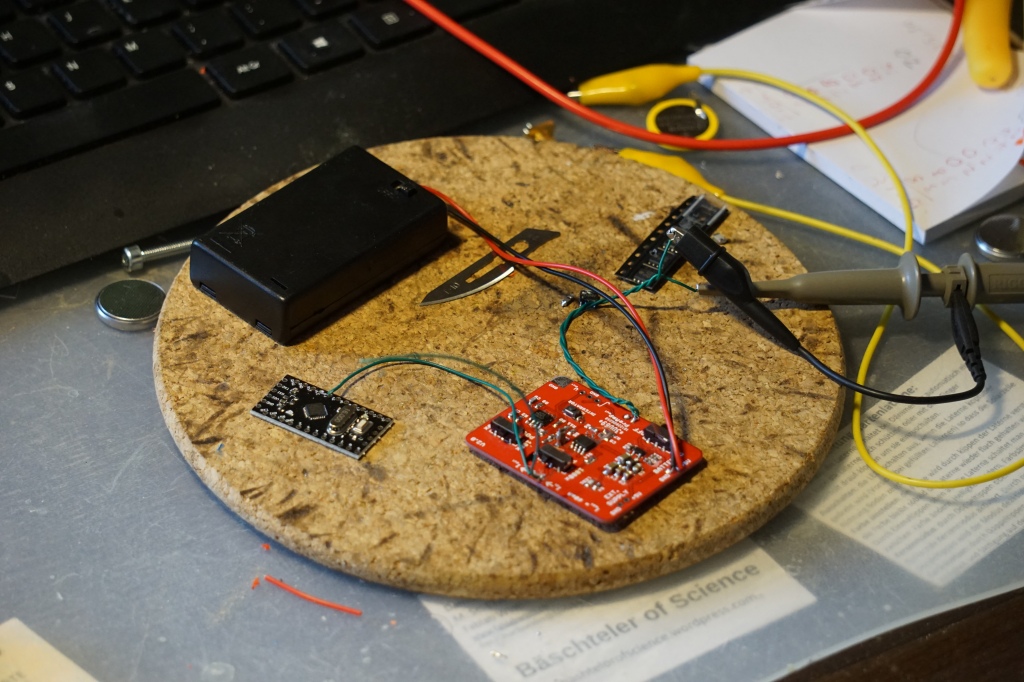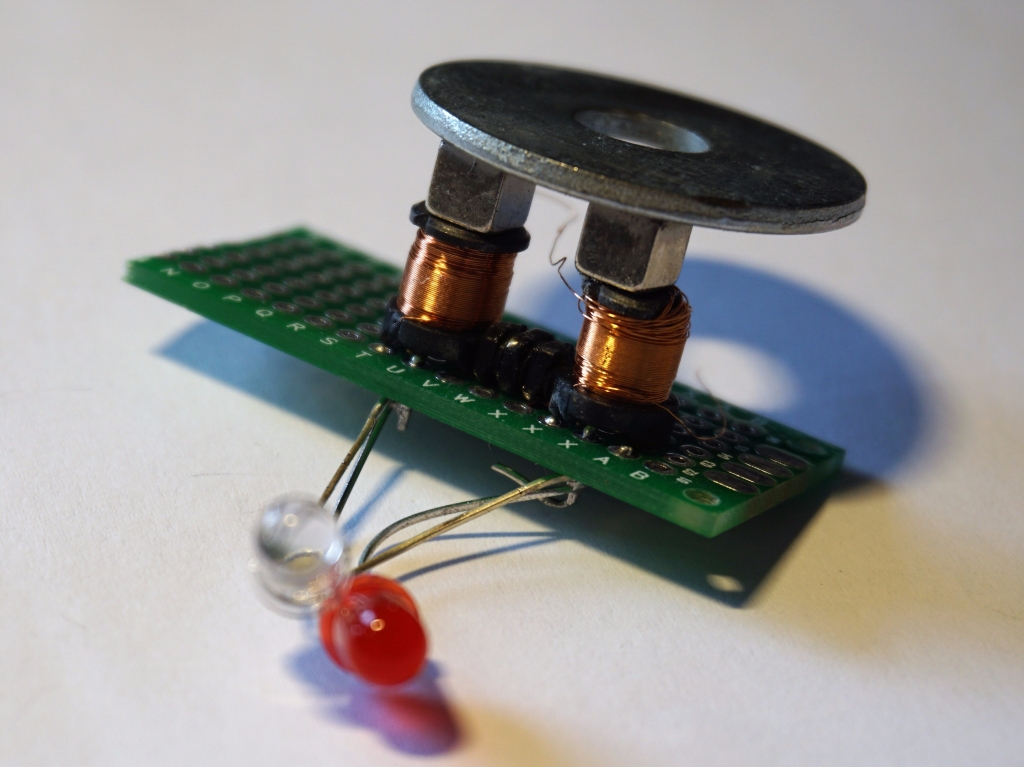This blog is mostly about my little advantures as an electronics enthusiast.
The world of electronics
Enjoy!
Enjoy!
This blog is mostly about my little advantures as an electronics enthusiast.
Building a stereo amplifier is something that is on most electronics engineer’s bucket list. I did not want to build one from scratch as I would probably fail to come up with anything that sounds really good, nor did I want to copy some proven design. Next choice is to go for a fully integrated audio amplifier solution.

After finishing the Volumio player I wanted to also make a fully custom stereo amplifier. Of course it has to have classical analog VU meters but the professional ones are quite expensive. However there are cheap ones available from China for less than 20$ for two meters including a driver board. They work quite well but with the plastic enclosuer and plastic front window have a very cheap look. Also the incandescent light although giving a nice and warm backlight color draws way too much power: over 1 Watt for both.


My goal in this project was to make a music player for my living room on which I can stream music from a server or radio and using open source software so I can upgrade it in the future without being dependant on a manufacturer. Also I wanted it to be remote controllable from a smartphone.
After some research I decided to build it based on a Raspberry Pi running Volumio which does everything I wanted out of the box. I was in for some surprises though by not using a setup that was fully supported by the developers so some coding ensued. I also wanted to spin my own housing design to give it a unique look. Here is how it turned out:

…or any other microcontroller.
There are several methods to do capacitive sensing with a microcontroller. The easiest and most common way in the Arduino world is to charge the capacitive probe through a high value reseistor and measuring the time it takes to charge it. While this is indeed a simple method it is highly susceptable to interferance and noise as the wire acts as an antenna due to the high impedance. Also it is not very sensitive compared to other methods but good enough for a simple button.
Here is a video comparing the resistor method to the two methods discussed in this blog post:
This post is about ultra low power motors you can build yourself with a little help from a 3D-printer. Put inside a glass display it will run for years.

The motor is not intended to drive anything, how could it at such low power… just to put this into perspective: if you put a drop of cold water in your hand and let it warm up, the energy transferred to the water could run the motor for hours. I hooked mine up to an amorphous silicon solar cell Continue reading “Nanowatt Pulse Motor”
Ruby (or Corundum) bearings are used as small low friction bearings in watches or high quality measurement equipment. I wanted to have some bearings for my nanowatt power motors but I was unable to find any for a reasonable price which is somewhat ironic as there are plenty of watch manufacturers here in Switzerland. I asked around and nobody was able to tell me where I could buy a few. These things are also available cheaply from China but there are minimum order quantities of a hundred pieces or so for a doller per piece.
What I was able to find on aliexpress though was 3mm Corundum crystals used for jewelery. You can get them in small quantities for less than ten bucks. I learned quickly that they are useless for needle bearings because the needle jumps off the small flat surface all the time: it must have a dent in the center.
One of the simpler designs for an antenna is a 1/4 lambda antenna with ground reflectors. Without the right equipment it can be hard to get it just right as the assembly has to be quite precise to get it to operate at the correct frequency.

It would be a lot easier if there was some kind of jig to build it and get the ground reflectors to the correct angle and all the rods at the right length. That is what I set out to do. The design is for a 868MHz antenna but in theory it can just be scaled for other frequencies. Update: there is now also a 915MHz version of the jig available on thingiverse. I did not build and measure that one though.
First I thought I’d just do some simulations and ‘get it right the first time’. Continue reading “DIY LoRa Antenna”
When measuring currents of a circuit there is always one issue to consider: the burden voltage or in other words the voltage drop accross the sensing resistor. The way current is usually measured is using a shunt resistor and amplifying the voltage drop accross that resistor which is simply Ohm’s law: U = R*I. For most applications this works fine. If you want a really low burden voltage Dave Jones from the EEVblog built a very nice circuit called the µCurrent which uses much smaller resistor values than a multimeter does and the output can be hooked up to an oscilloscope. When I did that to measure the current drawn from a microcontroller I noticed that the noise on the highest setting of the µCurrent (up to 1.25A) was just horrible in the low milliamp range. At the next lower setting I was unable to measure the currents of 20mA drawn by the circuit. So I set out to build my own amplifier for this application.

I got a few requests to adapt my NeoPixelPainter library to be compatible with the FastLED library and now I finally adapted the code. The following video shows a strip with 60 LEDs running the demo:
The painter library makes it a lot easier to program animations on digital LED strips with individually adressable LEDs Continue reading “FastLED painter library”
Buying an off-the-shelf induction light for your bicycle for added safety is a wise choice. I did that a few years back and was surprised how expensive it was. Thinking about the simplicity of its nature sparked the idea that there must be an easy way to make it small and well, simple. I failed miserably with my initial idea of using two inductors.

The two magnets are mounted on a steel washer and the magnetic circuit is closed at the bottom of the inductors with some more ferrite parts from small inductors. While this design kind of worked it did by no means produce the outcome I had hoped. The voltage from this circuit was barely enough to light up a white LED and the brightness was nowhere near useful. Why? Continue reading “Induction Bicycle Lamp experiments”